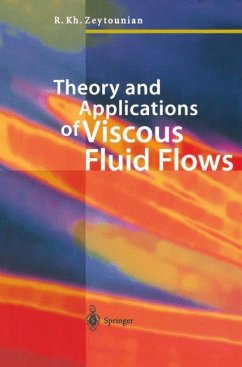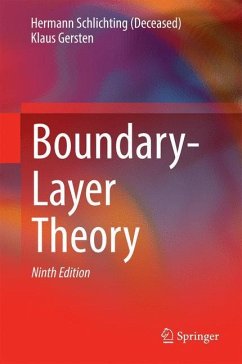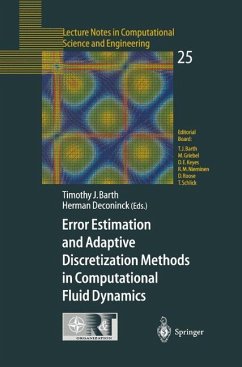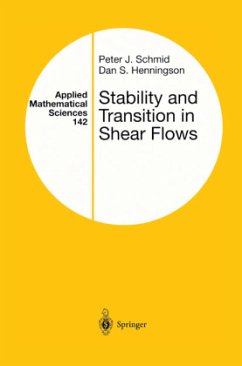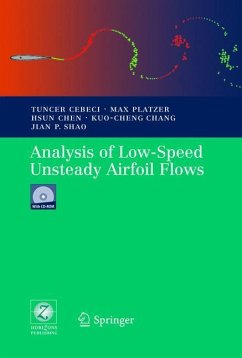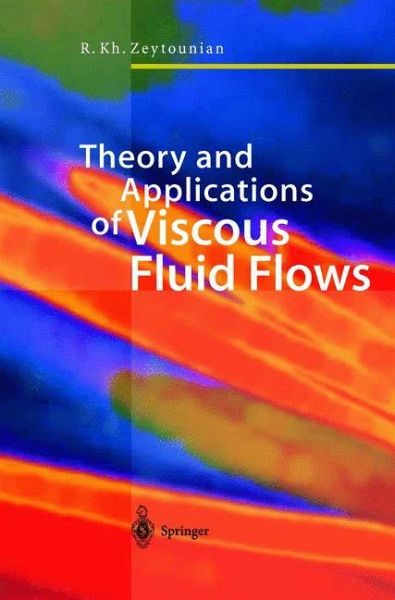
Theory and Applications of Viscous Fluid Flows
Versandkostenfrei!
Versandfertig in 1-2 Wochen
77,99 €
inkl. MwSt.
Weitere Ausgaben:

PAYBACK Punkte
39 °P sammeln!
The purpose of Theory and Applications of Viscous Fluid Flows is to close the gap between standard undergraduate texts on fluid mechanics and monographical publications devoted to specific aspects of viscous fluid flows. After a general introduction, each chapter serves as an introduction to a special topic that will facilitate later application by readers in their research work. The book will benefit beginning graduate students and young researchers interested in a rational and systematic account of various theoretical and mathematical aspects of viscous fluid flow phenomena, as well as their modelling in relation to practical viscous and heat conducting problems. This volume complements, but is independent of, Zeytounian's Theory and Applications of Nonviscous Fluid Flows.
This book is the natural sequel to the study of nonviscous fluid flows pre sented in our recent book entitled "Theory and Applications of Nonviscous Fluid Flows" and published in 2002 by the Physics Editorial Department of Springer-Verlag (ISBN 3-540-41412-6 Springer-Verlag, Berlin, Heidelberg, New York). The physical concept of viscosity (for so-called "real fluids") is associated both incompressible and compressible fluids. Consequently, we have with a vast field of theoretical study and applications from which any subsection could have itself provided an area for a single book. It was, however, decided to attempt aglobaI study so that each chapter serves as an introduction to more specialized study, and the book as a whole presents a necessary broad foundation for furt her study in depth. Consequently, this volume contains many more pages than my preceding book devoted to nonviscous fluid flows and a large number (80) of figures. There are three main models for the study of viscous fluid flows: First, the model linked with viscous incompressible fluid flows, the so-called (dynamic) Navier model, governing linearly viscous divergenceless and homogeneous fluid flows. The second is the sü-called Navier-Stokes model (NS) which is linked to compressible, linearly viscous and isentropic equations für a polytropic viscous gas. The third is the so-called Navier-Stokes-Fourier model (NSF) that gov erns the motion of a compressible, linearly viscous, heat-conducting gas.





